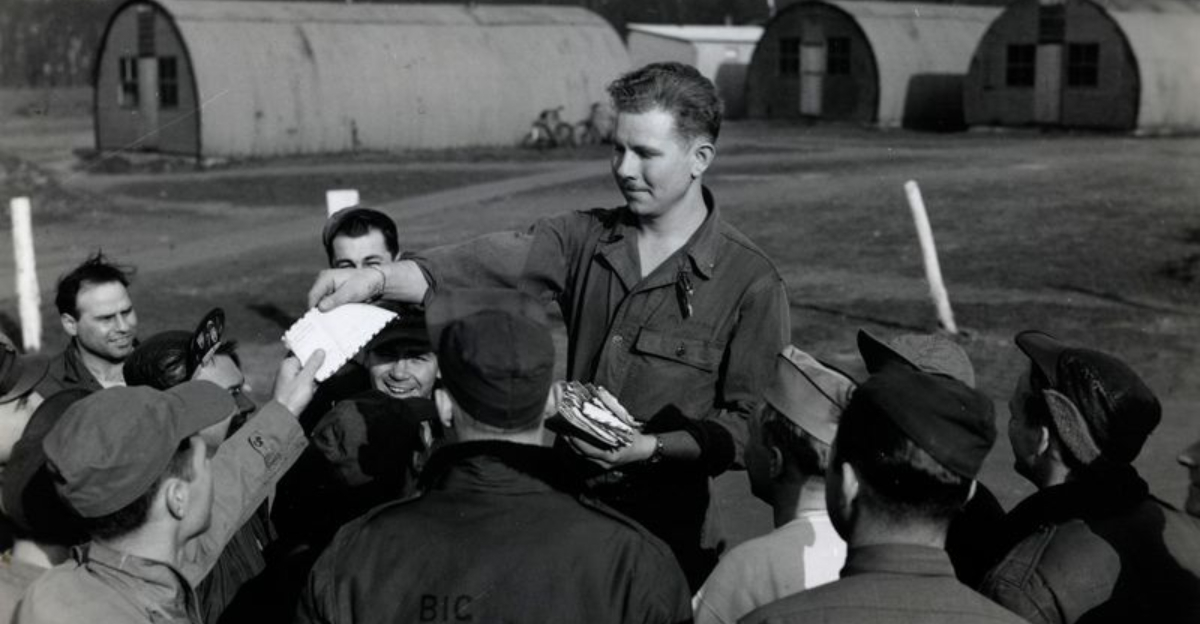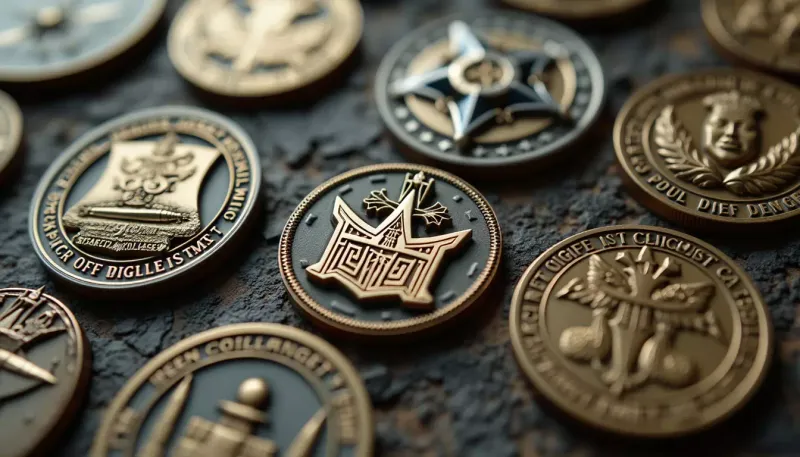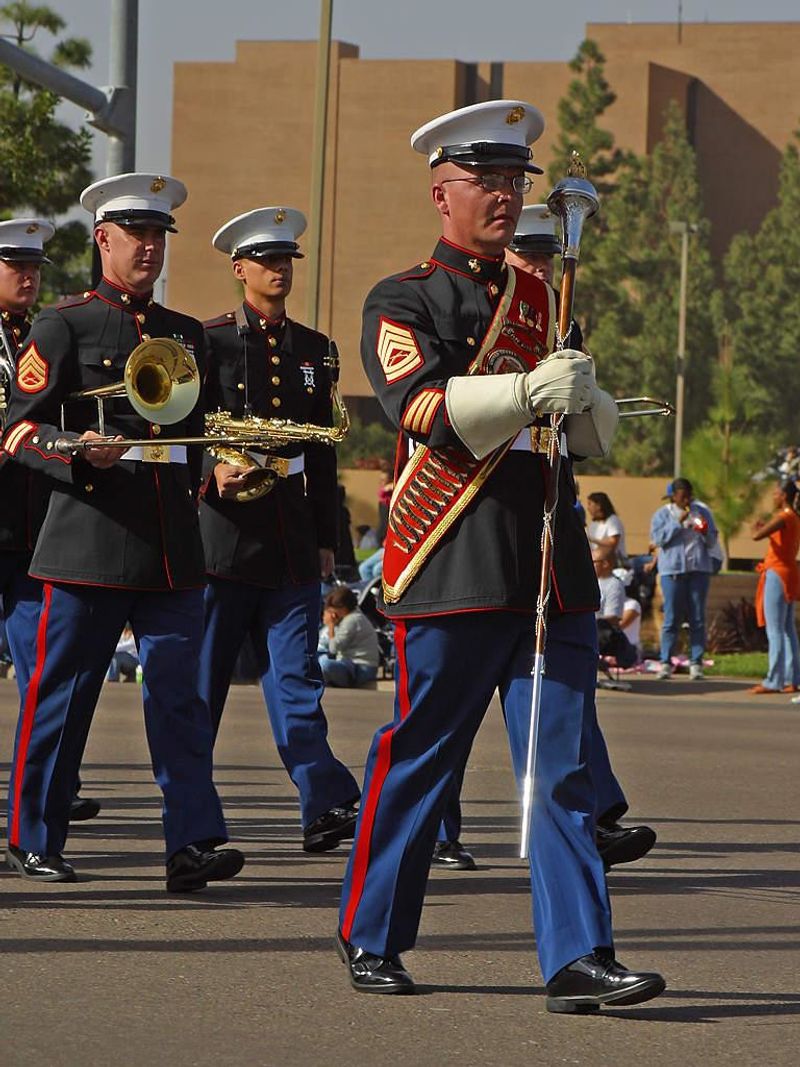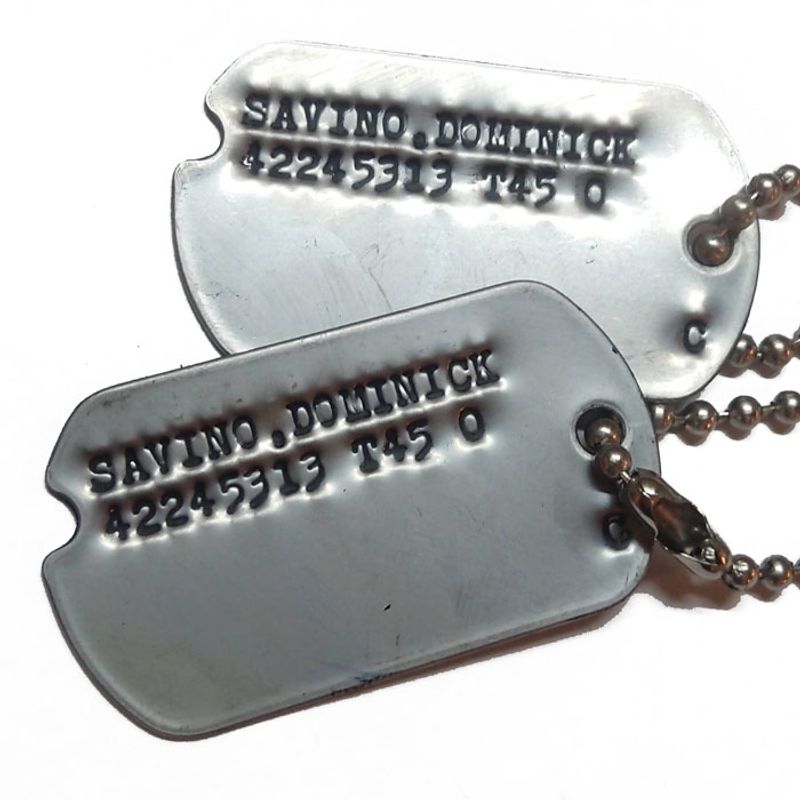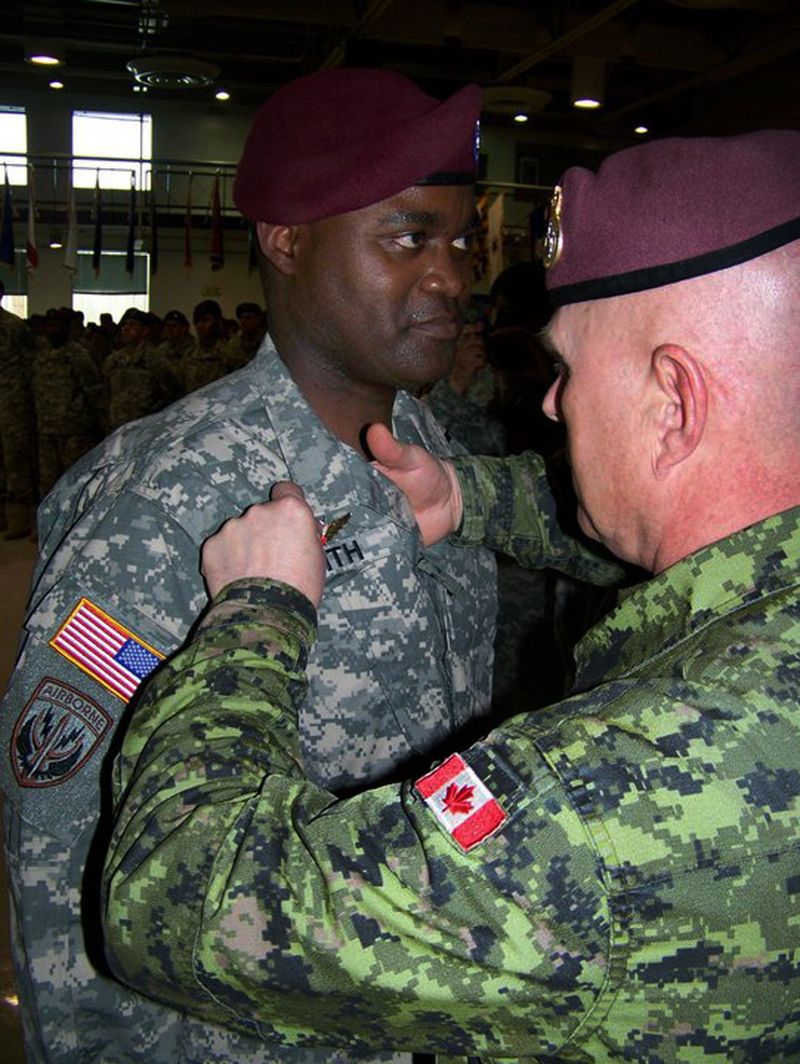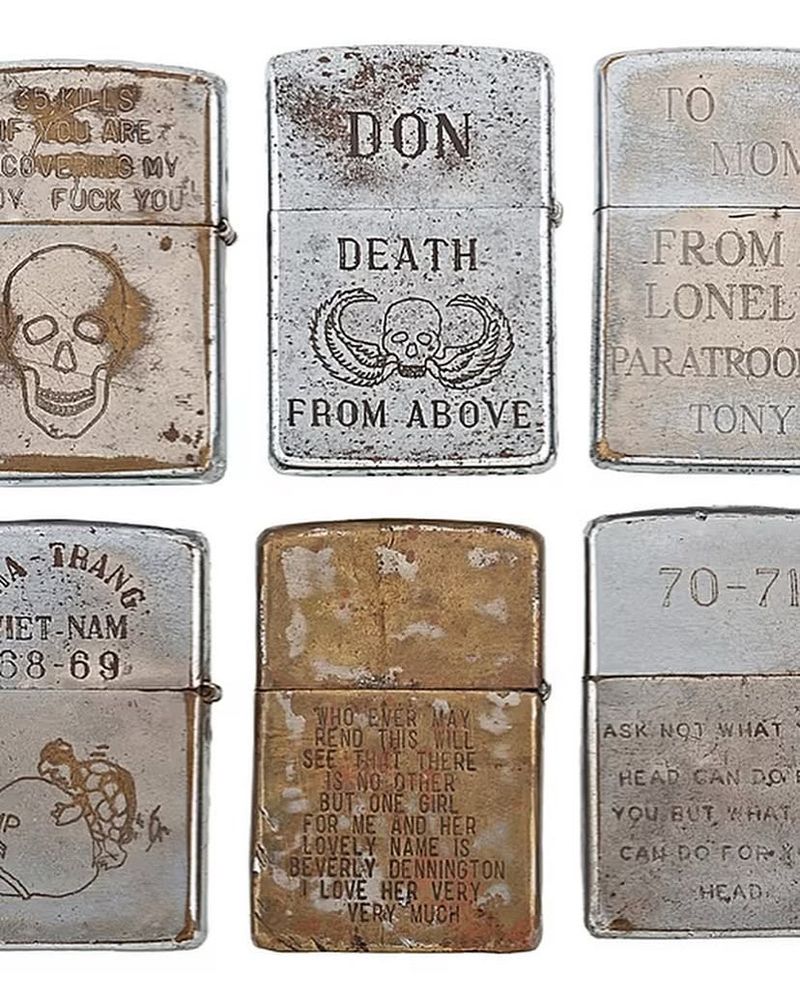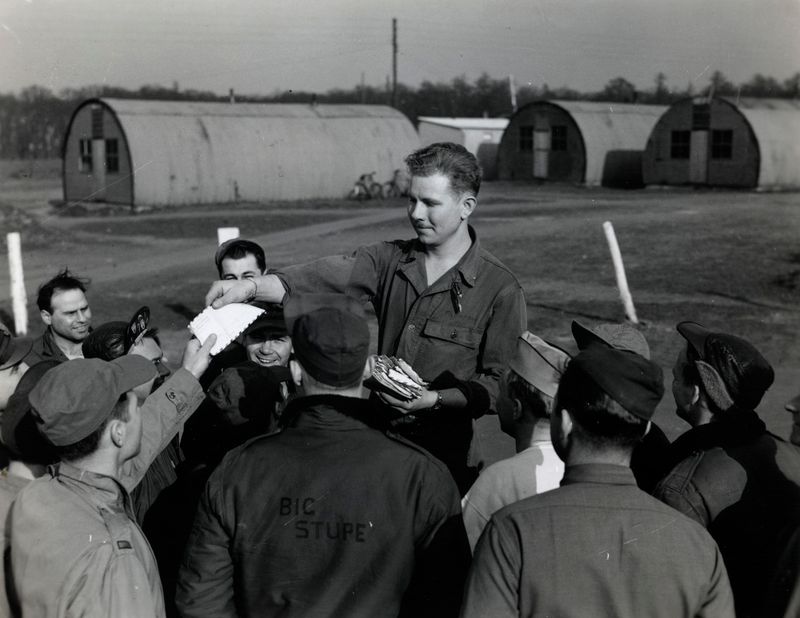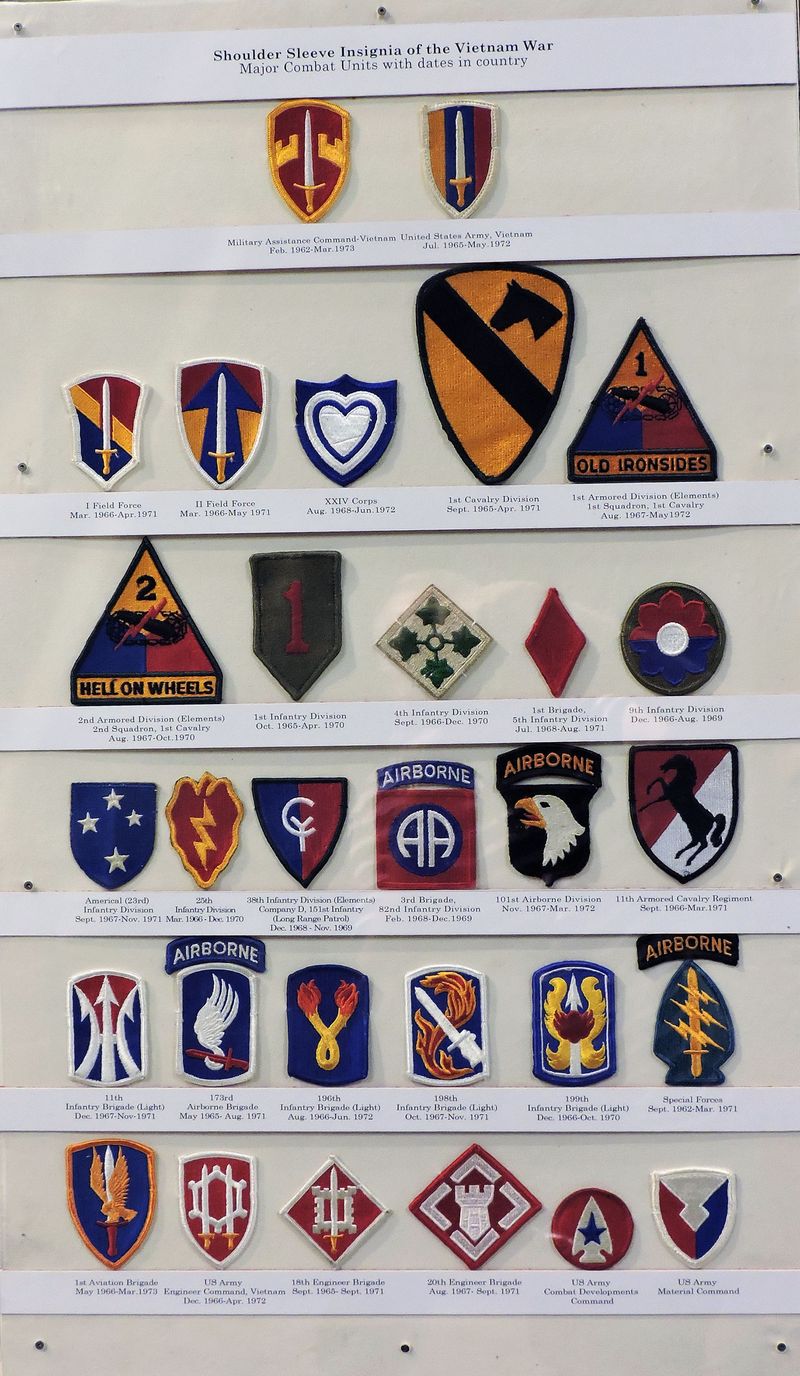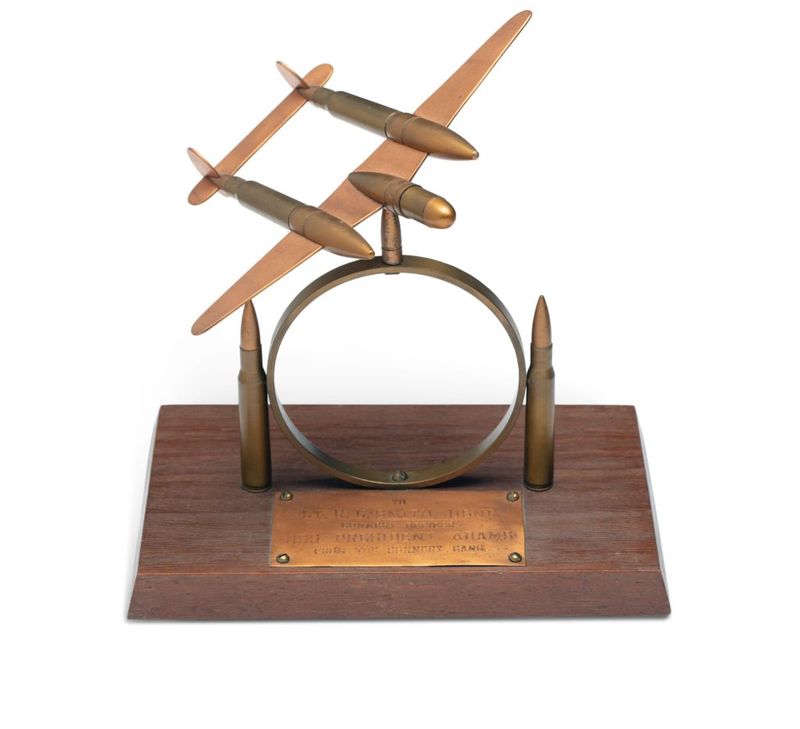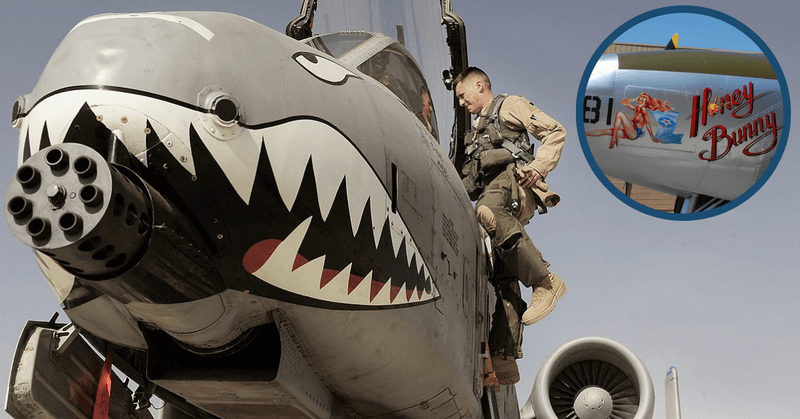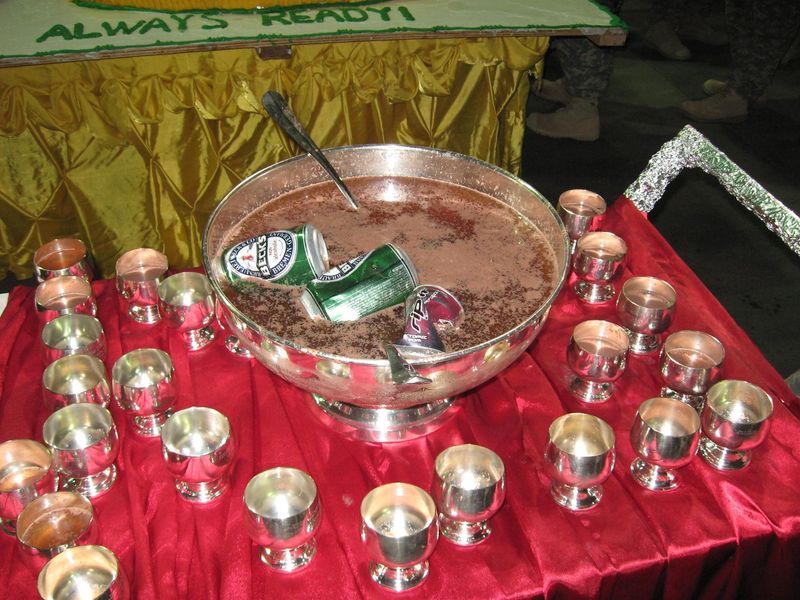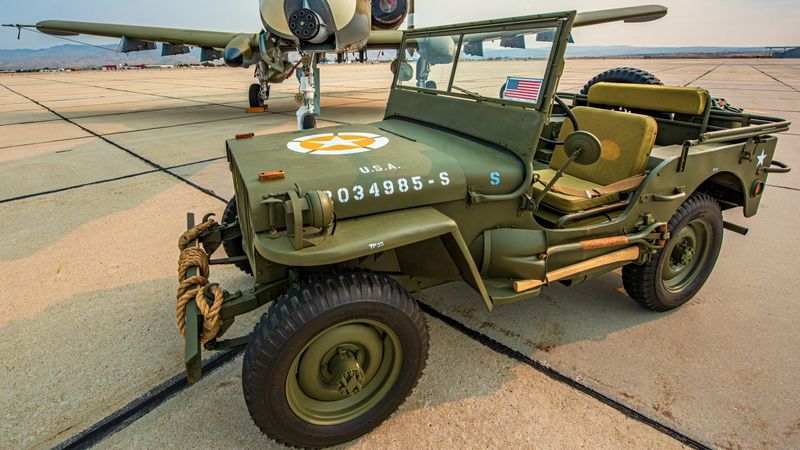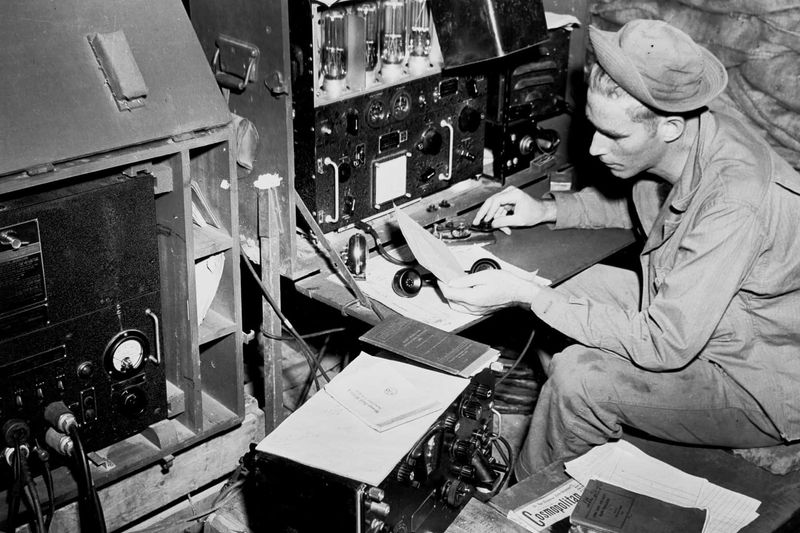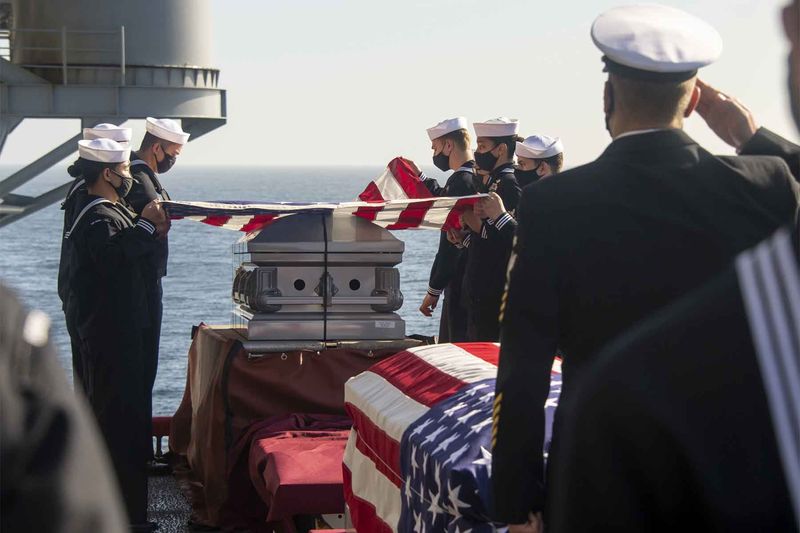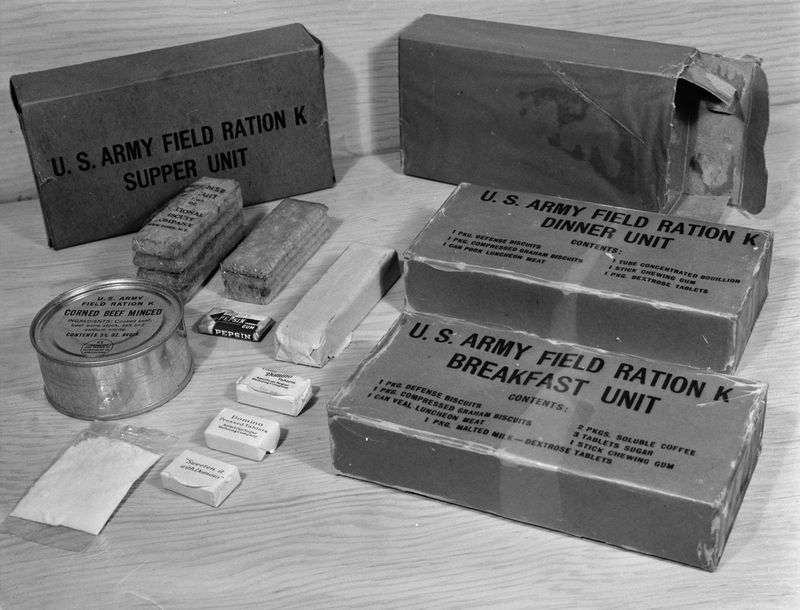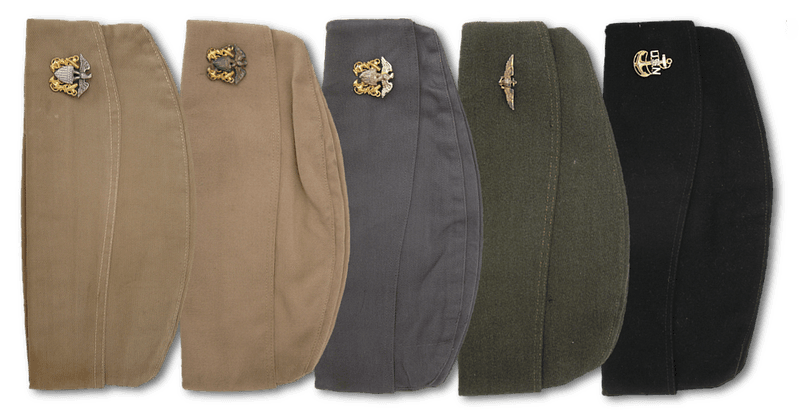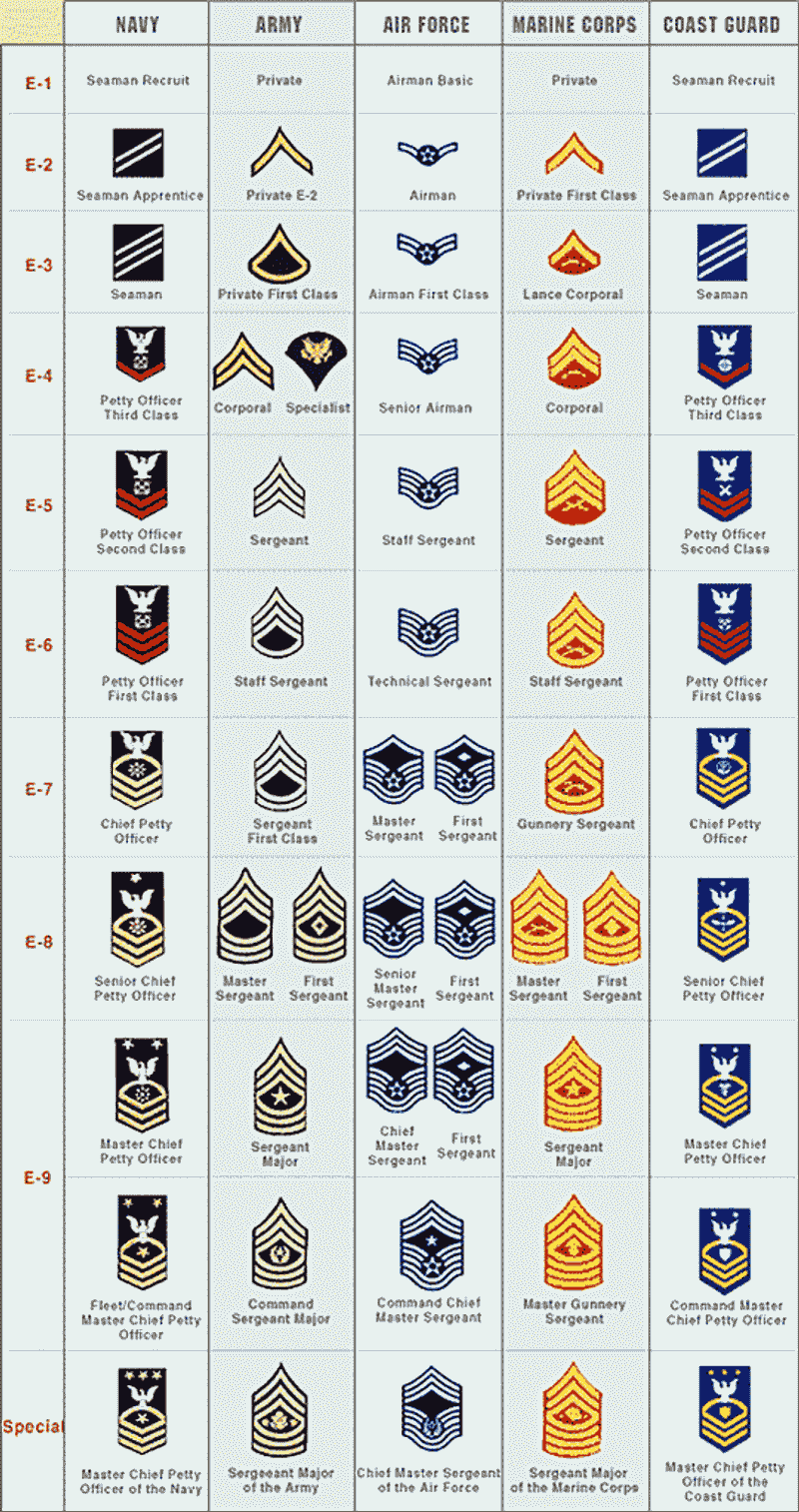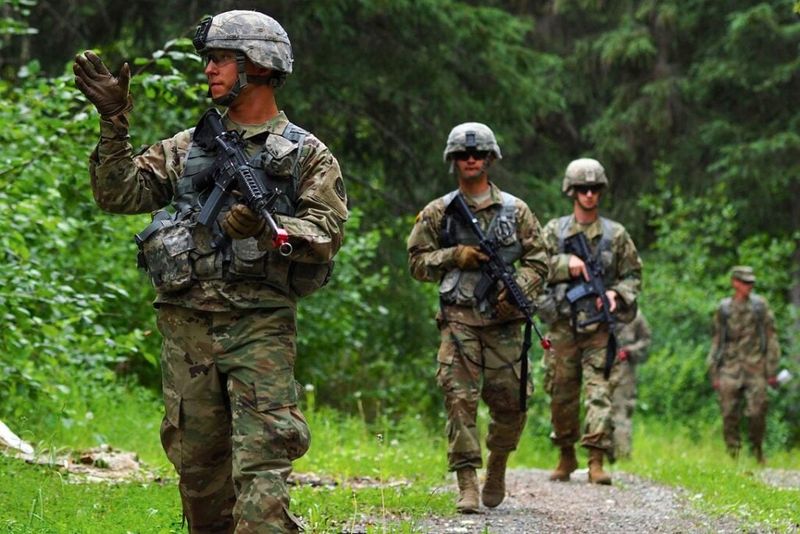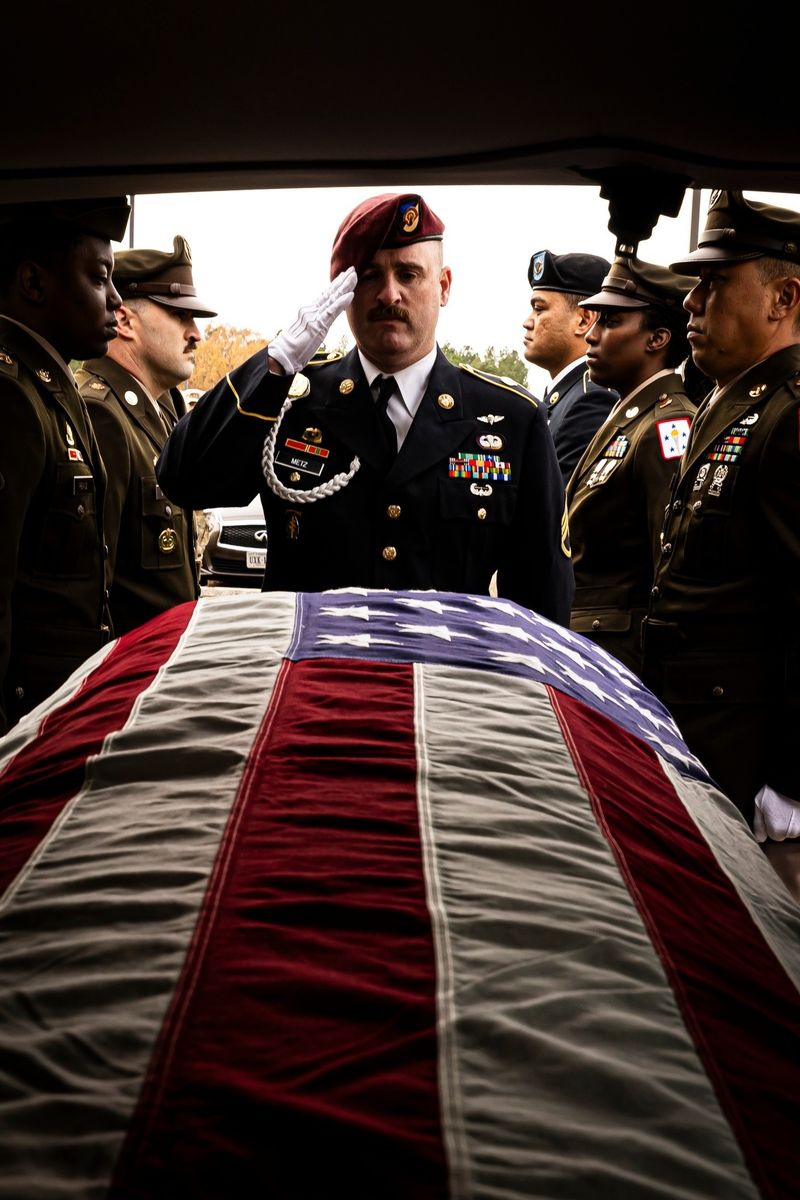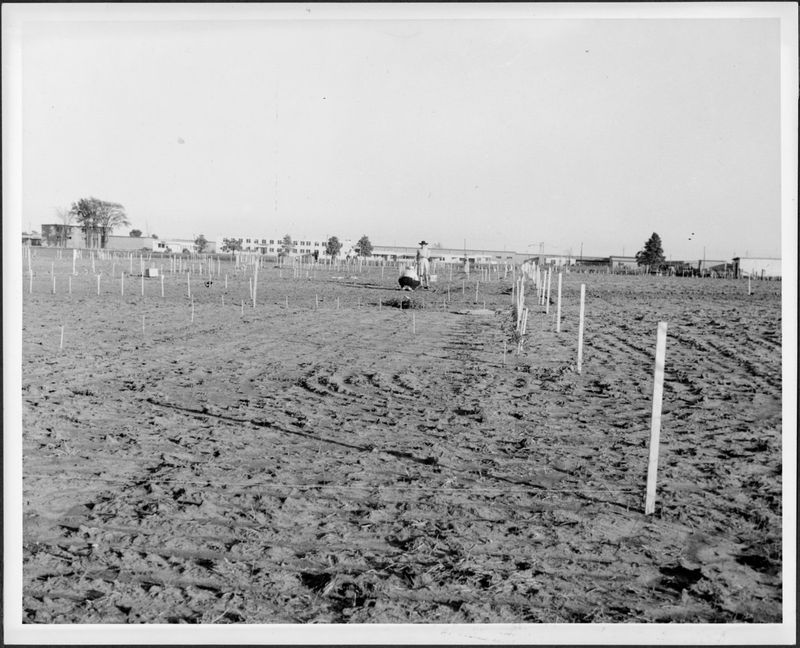World War II forever changed how armies operate, leaving behind traditions that still shape military life today. These practices range from simple daily customs to major ceremonies that honor sacrifice and build camaraderie.
Though warfare has modernized dramatically since the 1940s, many WWII traditions remain deeply embedded in military culture worldwide, connecting today’s service members with those who served generations ago.
1. Challenge Coins
Challenge coins began as simple unit identification tokens during WWII but evolved into powerful symbols of military brotherhood. Originally, pilots carried these medallions to prove their identity if shot down behind enemy lines.
Today, military personnel collect and exchange these metal coins to commemorate special achievements, missions, or units. The tradition includes a drinking game where someone produces their coin, challenging others to show theirs—those without must buy drinks!
2. Blood Stripes
Marine Corps dress blue uniform pants feature a distinctive red stripe, a tradition reinforced during WWII. These crimson lines honor fallen Marines from the Battle of Chapultepec in 1847 but gained renewed significance during the Pacific campaign.
Only non-commissioned officers and officers may wear them. The color symbolizes blood shed in combat, creating a visceral reminder of sacrifice. Marines today still wear these stripes with immense pride, connecting them to generations of warriors who came before.
3. Dog Tags
Identification tags became standardized during WWII, with the familiar oval shape and stamped information we recognize today. Soldiers wore these metal tags containing name, service number, blood type, and religious preference.
The distinctive noise-dampening rubber silencers were added during combat operations. Modern military personnel still wear these tags, though they now include additional information like Social Security numbers and sometimes electronic chips. This simple yet crucial tradition ensures fallen service members can always be identified.
4. Jump Wings Ceremony
Paratroopers who completed airborne training during WWII received distinctive jump wings in a ceremony where the pins were literally punched into their chests without backing. This painful tradition symbolized the dangers they would face jumping into combat.
Modern armies still celebrate new paratroopers with similar ceremonies, though usually with less physical punishment. The distinctive wings remain virtually unchanged from their WWII design. Earning these wings continues to represent exceptional courage and readiness for airborne operations.
5. Zippo Lighters
American soldiers in WWII popularized carrying personalized Zippo lighters, often engraved with unit insignias or personal messages. These durable windproof lighters became symbols of American military presence worldwide.
Soldiers would engrave dark humor, homesick sentiments, or unit mottos on their trusted flame. The tradition continued through Vietnam and remains alive today. Military personnel still collect and customize these iconic lighters, connecting them to a lineage of service members who carried similar pocket-sized mementos.
6. Mail Call
During WWII, the announcement “Mail Call!” would instantly boost morale as soldiers gathered to receive letters from home. Military postal systems developed complex networks to deliver mail to troops scattered across global battlefields.
The tradition continues in modern military deployments, though now supplemented by email and video calls. Nothing matches the emotional impact of physical mail during deployment. Units still announce mail delivery with enthusiasm, providing vital connection to home during long separations.
7. Shellback Ceremony
Naval vessels crossing the equator during WWII performed elaborate initiation rituals for sailors making their first crossing. These “pollywogs” endured good-natured hazing from experienced “shellbacks” who had crossed before.
The ceremony included costume-wearing senior sailors, messy challenges, and culminated in certificates declaring the new status. Modern navies worldwide continue this maritime tradition, though toned down from its rowdier historical form. Sailors still proudly display their shellback certificates and share stories of their crossing ceremonies.
8. Unit Patches
Distinctive shoulder sleeve insignia became standardized across the U.S. Army during WWII, with colorful designs representing each division and regiment. These cloth emblems fostered unit pride and helped identify friendly forces in chaotic battlefield conditions.
Soldiers collected enemy patches as trophies. Today’s military continues this tradition with patches that often maintain design elements from their WWII predecessors. Modern combat uniforms feature subdued versions for field use, but the colorful originals remain part of dress uniforms, connecting current units to their historical roots.
9. Trench Art
WWII soldiers crafted decorative items from spent ammunition casings, aircraft parts, and other military debris during downtime. This “trench art” served as both creative outlet and souvenir of combat experiences.
Shell casing vases, rings from aircraft aluminum, and carved rifle stocks became tangible memories. Modern military personnel continue this tradition, creating art from the materials of war. These handcrafted items often commemorate deployments or memorialize fallen comrades, providing therapeutic creation amid destruction.
10. Aircraft Nose Art
WWII bomber crews painted personalized artwork on their aircraft noses, featuring pinup girls, cartoon characters, or intimidating designs. These distinctive markings built crew unity and expressed individuality within military uniformity.
Famous examples like “Memphis Belle” became symbols of aerial courage. Modern air forces continue this tradition, though with more restrained imagery. Military aircraft still sport squadron mascots, mission tallies, and personalized names, connecting today’s aircrews to their WWII predecessors who flew dangerous missions with similar artistic expressions.
11. Grog Bowls
Military dining-in ceremonies during WWII featured the tradition of the grog bowl—a potent communal drink served as both celebration and punishment. Violators of mess etiquette would be ordered to drink from this often-unappetizing mixture.
The contents varied by unit but typically combined various alcohols with humorous additions. Military units worldwide continue this tradition at formal dinners. Modern grog bowls often include items representing unit history or recent deployments, creating memorable shared experiences that strengthen unit cohesion.
12. Jeep Culture
The iconic Willys Jeep became synonymous with American military might during WWII. These versatile vehicles earned affection from troops for their reliability in extreme conditions around the globe.
Soldiers personalized their jeeps with nicknames and decorations. The military’s love affair with rugged utility vehicles continues today with modern descendants like the Humvee and JLTV. Service members still nickname their vehicles and celebrate the jeep’s legacy, maintaining connection to the original four-wheeled heroes of WWII.
13. Morse Code Communications
Morse code provided critical battlefield communications during WWII, with skilled radio operators transmitting messages through dots and dashes. This seemingly outdated system proved reliable when other technologies failed.
The distinctive rhythm of Morse transmissions became the heartbeat of military operations. Surprisingly, modern military forces still train select personnel in Morse code. This enduring communication method serves as backup when sophisticated systems fail or face jamming, demonstrating how even century-old technology maintains relevance in modern warfare.
14. Burial at Sea
Naval forces during WWII conducted solemn ceremonies for sailors who died at sea, wrapping bodies in canvas weighted with shells before committing them to the deep. These rituals provided dignity and closure despite being far from home cemeteries.
The tradition included rifle volleys, flag ceremonies, and reading of maritime prayers. Modern navies continue this practice with few changes. The time-honored words “We commit this body to the deep” still echo across ship decks, honoring fallen sailors according to centuries-old maritime tradition.
15. Field Rations
WWII introduced standardized combat rations like the famous K-rations and C-rations, packed in distinctive boxes with cigarettes, coffee, and canned main courses. Soldiers developed creative cooking techniques to improve these basic meals.
Trading unpopular items became standard practice. Modern military forces continue using field rations, though significantly improved. Today’s MREs (Meals Ready to Eat) maintain similar packaging concepts and still include treats, condiments, and entrees. Service members continue the tradition of rating, trading, and creatively enhancing their field food.
16. Garrison Caps
The distinctive side-folding garrison cap (or flight cap) became standard military headgear during WWII when helmets weren’t needed. These practical caps could be folded flat and stored in a pocket when not worn.
Different branches developed unique folding styles and decoration standards. This practical headgear remains part of military uniforms worldwide. Modern service members still follow traditions of proper folding, precise positioning, and appropriate decoration with pins and insignia, maintaining a direct visual connection to their WWII predecessors.
17. Rank Structure
WWII solidified the modern military rank structure used by armed forces worldwide. The expansion of armies required standardized leadership hierarchies from privates through generals, with distinctive insignia for each level.
Specialized ranks emerged for technical roles and aviation. Today’s military forces maintain remarkably similar rank structures and insignia designs. While some new specialized positions have been added for cyber warfare and space operations, the core hierarchy remains largely unchanged, providing organizational continuity across generations of service members.
18. Tactical Hand Signals
Silent communication through standardized hand signals became crucial during WWII infantry operations. These visual commands allowed squad leaders to direct movements without revealing positions through voice commands.
Signals for advance, halt, enemy spotted, and rally points became universal military language. Modern forces continue using these same hand signals with minimal changes. Despite radio advancements, these silent commands remain essential for stealth operations, demonstrating how simple yet effective communication methods endure despite technological evolution.
19. Military Funerals
WWII standardized military funeral honors with flag-folding ceremonies, rifle volleys, and the playing of Taps. These rituals provided dignity and recognition for the enormous casualties sustained during global conflict.
The precise 13-fold flag procedure became symbolic of national gratitude. Today’s military maintains these solemn traditions virtually unchanged. Honor guards still perform the same ceremonies, using identical movements and words to honor fallen service members, creating a direct ceremonial link between generations of military sacrifice.
20. Victory Gardens
Military bases during WWII maintained vegetable gardens to supplement rations and boost morale. These gardens provided fresh produce while demonstrating self-sufficiency and resource conservation.
Service members took pride in growing food despite deployment challenges. Surprisingly, this tradition continues on modern military installations. Today’s base gardens serve additional purposes including therapy for wounded warriors, sustainability education, and community building among military families, adapting a wartime necessity into a peacetime benefit.
